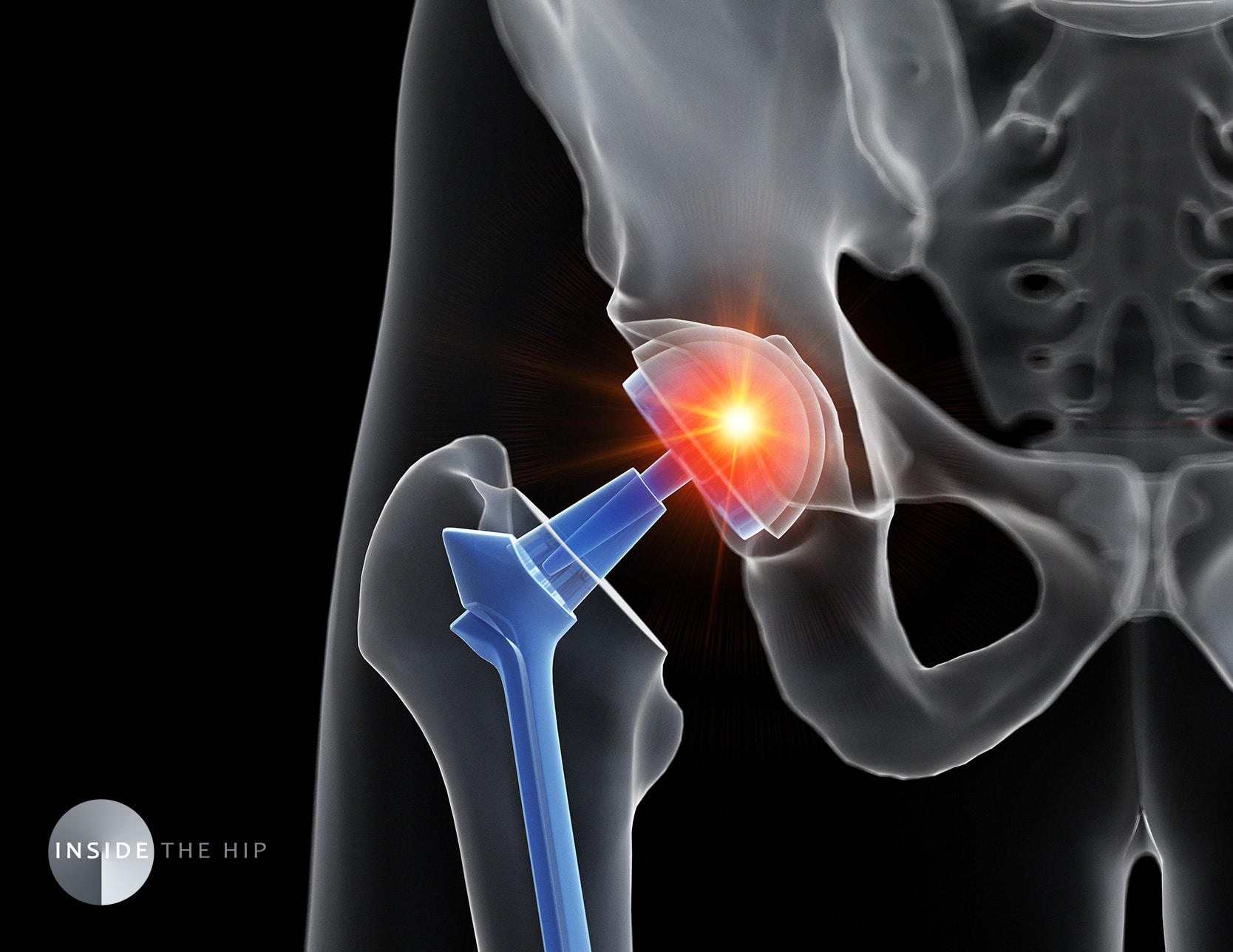Unhappy hip replacement
Far from being a “routine” or “easy” procedure, the implantation of a hip prosthesis is a complex and delicate surgical act. The demand for precision in the implantation is even greater when the patient is young and active. In some cases, the prosthesis may not provide the expected results due to persistent pain or disabling mechanical issues (such as noise, catching, instability, stiffness, leg length inequality).

Diagnosis
When dealing with an “unhappy hip replacement”, it’s important not to rely solely on X-rays, which are often interpreted as “normal.” The diagnostic process should be thorough and comprehensive, including a detailed patient history, review of the surgical report, and a comparison of pre and post-operative images. Clinical examination, both with the patient walking, standing and lying down, can help identify mechanical issues in hip mobility and/or function. This should be complemented with a neurological, spinal, and parietal examination. Imaging is crucial for the analysis of the prosthetic hip, depending on the information needed: ultrasound, CT scan, MRI, bone scan, EOS imaging. In cases of suspected neuropathy, electromyography may be used to further assess the condition.
It is rare for an unhappy hip replacement to remain undiagnosed after a well-conducted radioclinical assessment. In particular, comparative 3D imaging can help identify malpositions or mechanical issues that are not visible on plain X-rays. In some cases, hip arthroscopy can be used to diagnose challenging cases by exploring the hip joint in the operating room under anesthesia, using a specialized optical system connected to a camera. Treatment for a problematic prosthetic hip often involves surgical revision to correct the dysfunction and restore optimal joint anatomy.
This is a great achievement when a patient with unhappy hip replacement fully recovers his stable, painless and mobile joint !